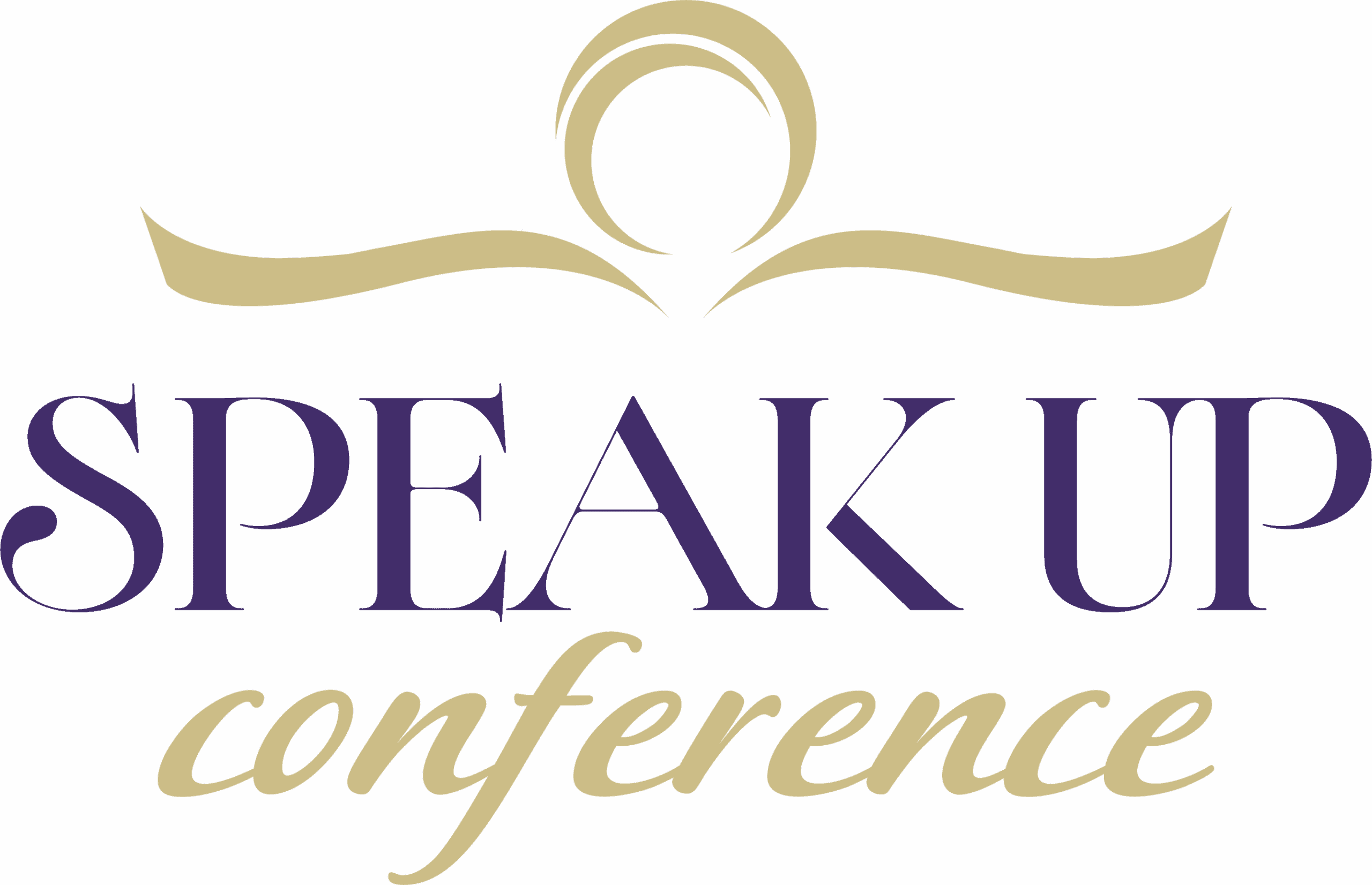
Have you observed the way children learn? Some soak up stories while others need to see a concept drawn out or built. Others learn by touching a key item.
As adults, we don’t outgrow these differences. One of the things I love about Speak Up is the focus on embracing diversity in our styles of speaking and writing. Our uniqueness is God-designed.
Here’s how Paul describes it:
God’s various gifts are handed out everywhere, but they all originate in God’s Spirit. God’s various ministries are carried out around; but they all originate in God’s Spirit. God’s various expressions of power are in action everywhere; but God himself is behind it all. Each person is given something to do that shows who God is: Everyone gets in on it, everyone benefits. All kinds of things are handed out by the Spirit, and to all types of people! 1 Corinthians 12:4-7 MSG
However, just as the body of Christ is made up of diverse parts with unique functions, so are our audiences. Each person processes information in one of three ways, which are referred to as learning styles or modalities. There are three primary learning modalities: Visual, Auditory, and Kinesthetic.
One way to increase our impact is to expand our knowledge of these learning styles and how they influence our messages. Increasing our awareness of how we learn and communicate helps to highlight our strengths as speakers, while also exposing areas where we can improve. As each is described, identify your preferred style. It’s important to note that we are a mix of all three, but we tend to lean toward one style.
Visual Communicators
As a visual learner, you think in pictures and learn best from diagrams, charts, slides, videos, and written materials. Your message is effective when you use visual aids. Audiences understand concepts more clearly when they are presented in a visual format.
- Strengths: Use of slides, charts, and outlines
- Watch out for: Dependency on visual aids may leave auditory or kinesthetic learners behind.
- Consider adding: Movement, props, humor, or descriptive stories that incorporate the five senses.
Verbal Communicators
As an auditory learner, you process information through discussions, lectures, and verbal explanations. Your communication is enhanced through clear and articulate speech. You teach through spoken word, narration, tone, and dialogue.
- Strengths: Engaging storytelling and vocal presence. Excellent at building emotional connections and using the senses.
- Watch out for: Learners who need visual aids or more interaction.
- Consider adding: Metaphors, humor, questions, movement, and visual aids.
Interactive Communicators
As a kinesthetic learner, you learn best through physical activity, hands-on experiences, and movement. Your style encourages active participation. You create engaging and interactive environments. You connect through movement, action, and real-life demonstration.
- Strengths: Keep the audience engaged and involved through the use of props and activities.
- Watch out for: The message can be confusing because structure is not a strength.
- Consider adding: Slides, clear structure, humor, and descriptive stories that incorporate emotion and the five senses.
Final Reflection
Connecting with our audiences is always our heart’s desire. Integrating different learning styles and strengths into your presentation can help to build greater clarity and understanding. Consider incorporating one of the above tips into your message. Experiment and practice with different approaches to see what works best for you and your audience. The goal isn’t to become someone you’re not; it’s to ensure that every person in your audience receives the message God has given you. Spark your impact and make it memorable!
Question: Which of the three learning styles describes you best? If you’ve used that knowledge in a tangible way in a presentation, please describe it and share how it was received.

About Peg Arnold
Peg Arnold, speaker, author, and drama queen for Jesus, inspires others to embrace Christ’s love and grace through dynamic messages that blend personal witness, teachings, and humor. Her devotions can be found on YouVersion, Upper Room, and her own collection, Devotions for the Distracted Heart. In her book, Making Your Message Memorable, Peg explains the importance of learning styles and props, offering over 90 specific resources—a valuable tool for communicators. Connect with Peg at www.pegarnold.org.

Peg, It’s always a pleasure to read something by you. I appreciate your review of the three learning styles. With my background as a classroom teacher of Spanish and English and a counselor in a men’s prison and a co-ed jail, I find that I use a little from all the senses to keep the audience involved. I do go over my presentations ahead of time to ensure the use of all three. I remember a presentation when all three worked well. That doesn’t always happen. On a different occasion, the power went out. Our dark, cold room didn’t offer us much choice but to go outside on the beach and manage there until the technician fixed the problem. At least it was off season, windy, and a little chilly with no one on the beach but our group. So we walked outside, exercised on the beach, and shopped the sales. Then we ate lunch earlier in the dining room and returned to our designated room.
Such great ideas! Yes incorporating the senses is a strategy that captures the attention of all. I love your flexibility!